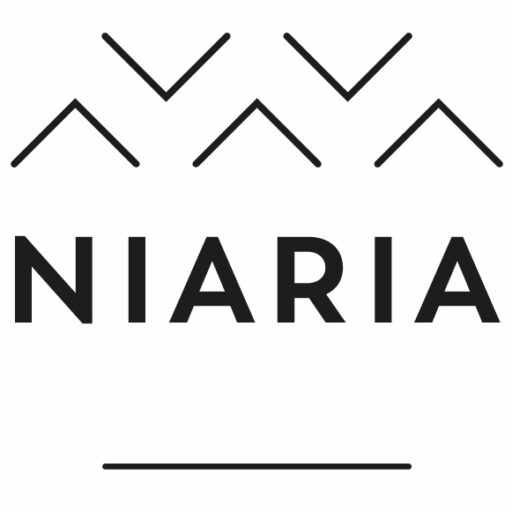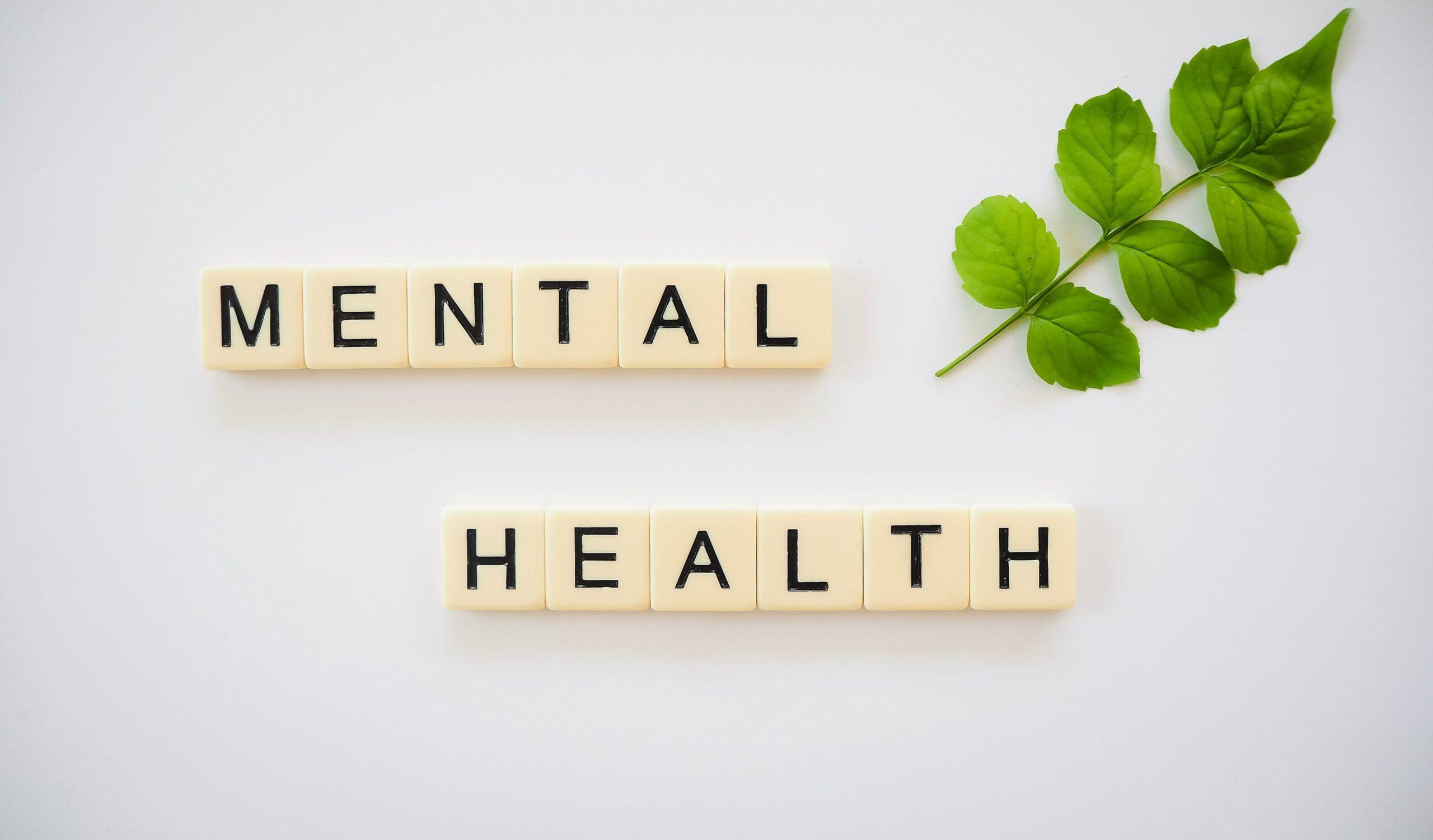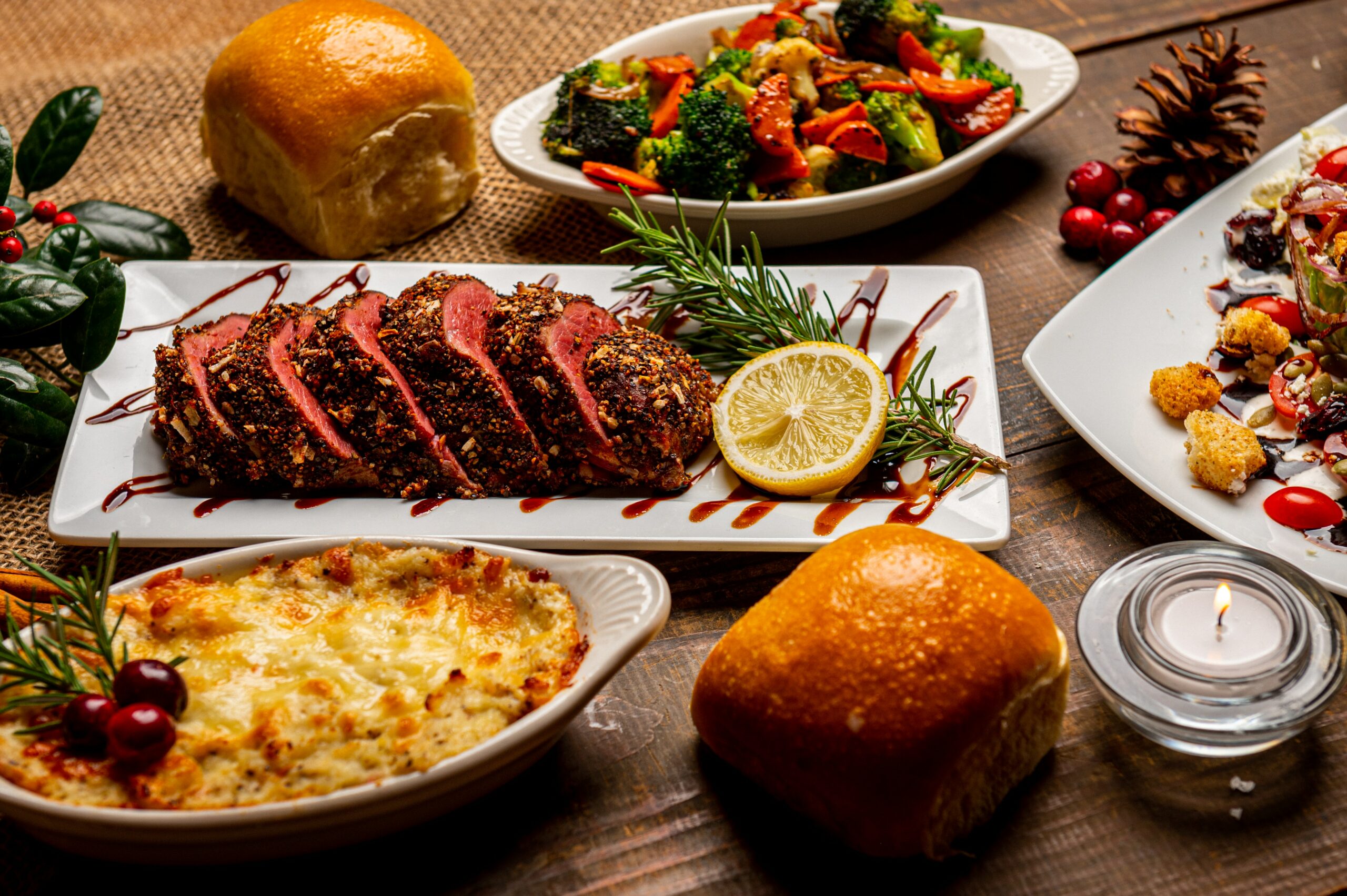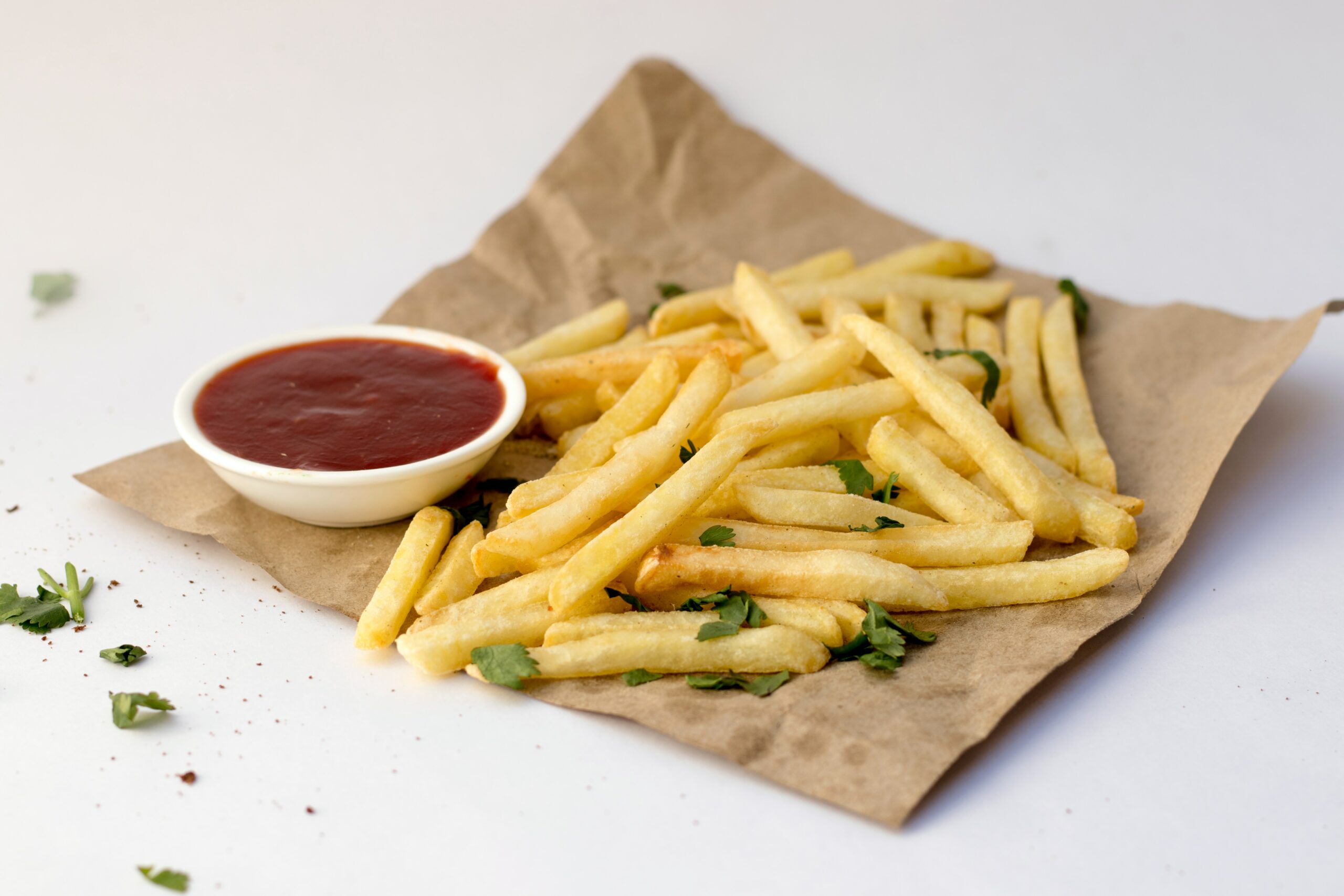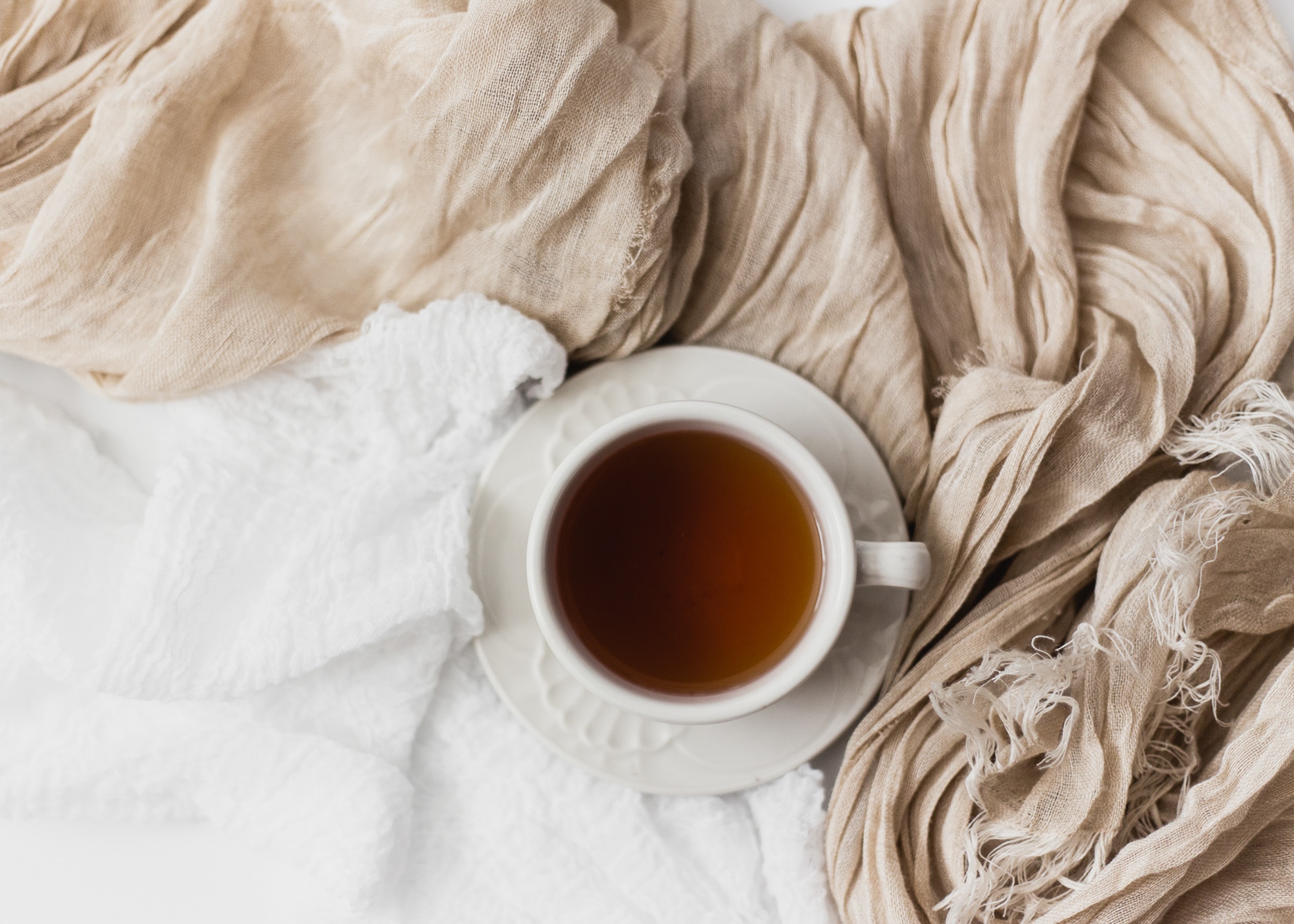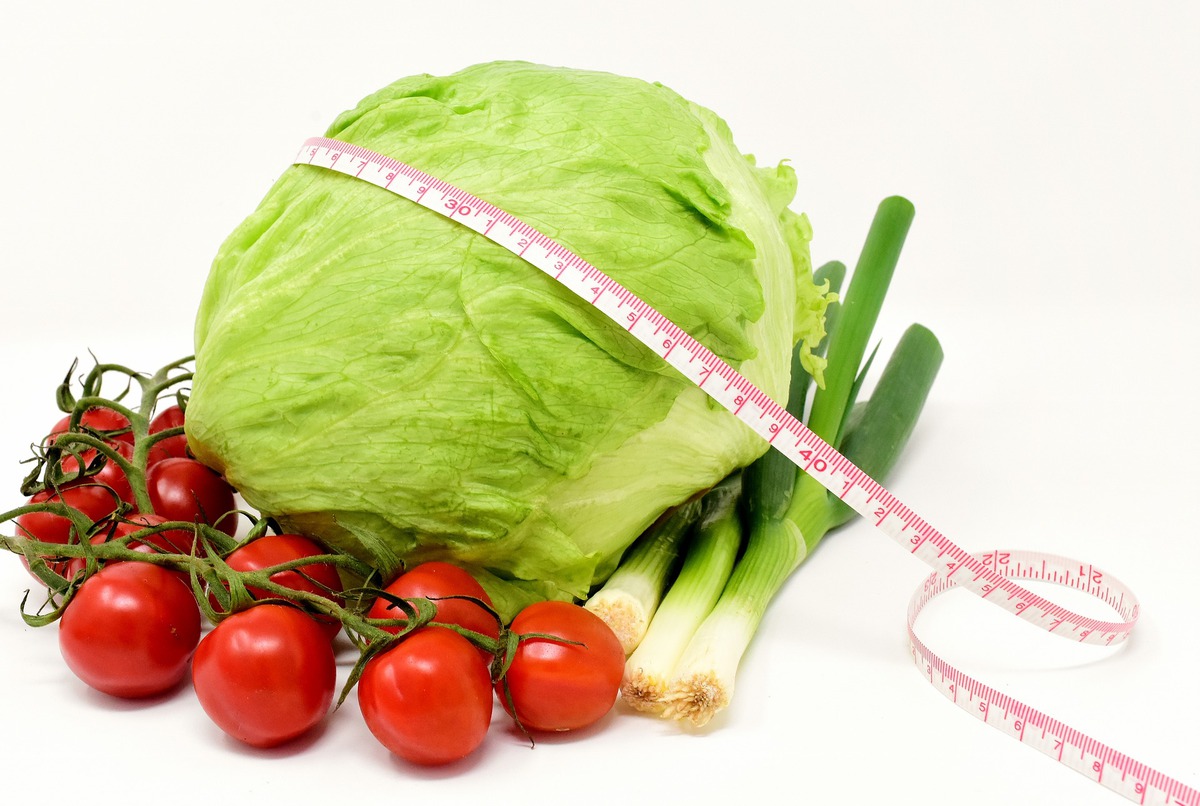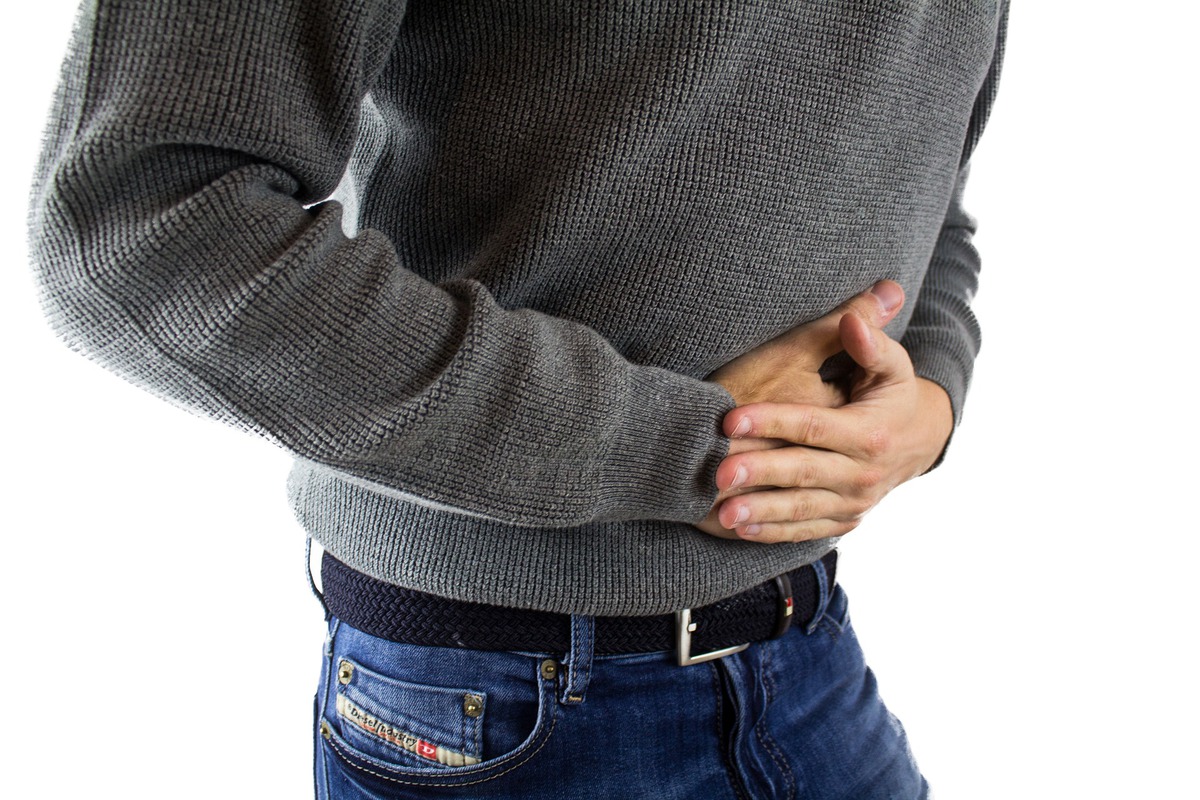And here it is again, my absolute favorite proverb – as simple and awesome as it is: “You are what you eat”. An absolute must for this topic. Today it’s about the center of our body, the main reception site, the control center of the immune system, and the so-called belly brain: our gut. It is a – as Giulia Enders names it in her book “Gut” – definitely “most underrated organ”. (Good idea to google check how we reference or quote people) That the center of our body is only responsible for ensuring that what comes in at the top comes out a bit differently at the bottom is simply an insult. Our intestines are more than that and so slowly but surely more and more scientists are venturing into the “taboo organ”.
Gut in Numbers
Let’s start with a few fascinating facts about the gut.
Did you know that this precious piece in you is about 5-7 meters long? Nope? Wait, it gets even more spectacular: If we opened everything including all the protuberances, we would have an area of about 300-400 m2. That’s about the size of a tennis court. Impressive, isn’t it?
Apart from that, there are a few inhabitants in the intestine. And with a few, I mean a number for which we would need several hands to count. Because the intestine is home to about 80% of the immune system, several million nerve cells, and a whopping 100 trillion bacteria. Are you speechless about the number of bacteria? You can be, too! There are ten times as many bacteria as our body has cells.
The Gut under Magnifying Glasses
Let’s take a quick look into the anatomy. First of all, the intestine is divided into the small and large intestines. It connects directly to the stomach, which is approximately where the ribs stop. From there, the small intestine runs, evidently like a giant lump through the entire abdominal area. And this is exactly where the real madness takes place. Normally you would hardly result in such a large area with a length of 5-7 meters. However, since it is the greatest desire of the small intestine to provide as much area for digestion as possible, it brought up something very clever. Our complete small intestine is full of wrinkles. Without these wrinkles, we would need a gut length of about 18 meters for the same area – a sophisticated move by nature. But the gut would not be the gut if it didn’t continue so brilliantly. Therefore, he still has tiny small protuberances in the intestinal wall, which are no longer visible to our eyes. On these so-called villi then again there are more protuberances – villi on villi, so to speak. Through this trick, the gut gets its spectacular surface and enough space to absorb most of what has gotten into it.
Let’s continue with the colon. In the lower right corner of our stomach, there is the transition between the small and large intestine. Here is also home to the appendix. Small fact by the way: The appendix is usually not the part that inflames and thus needs to be removed, but it’s the small snippet attached to it. This little friend is called the vermiform appendix.
But back to the large intestine. This covers the small intestine once and then branches further into the rectum and finally ends in the section with the great name “Canalis Analis”, which forms the gateway into the world. In the large intestine, there are no more villi, but lots of bacteria. These control and utilize the rest, that is, the non-digestible leftovers. If that didn’t happen, important substances, such as calcium, would slip through our fingers – or rather through our digestive system. Our bacteria also ensure that one or another substance is formed in the first place. For example, cabbage is less nutritious than its fermented brother the sauerkraut. Only with bacteria, these vitamins are produced.
What Else is Our Gut Capable of?
Apart from the fact that our gut makes sure that our foods, drinks, medicines, nicotine, etc., which we devour, are absorbed by our body on a daily base, it has many more tasks. The research world is increasingly approaching these topics.
Apparently, the gut cannot be quite so insignificant taking into account that 80% of our immune system can be found in there. Considering that the gut is an important interface between our body and the environment, its importance seems quite logical. Connections between the immune system and intestinal bacteria are being further explored. So it is believed that certain bacteria ensure that the number of bacteria in the small intestine remains low. They colonize the places so that there is no space for foreign bacteria. As a result, they have to leave the bowel, without being able to do any harm.
Our gut is also titled “belly brain”, which is no coincidence. Our gut has millions of neurons, a lot of signaling substances, neurotransmitters, and other messengers. It is very large and chemically as diverse as the brain. The gut can communicate with our brain and vice versa. This happens via the so-called belly-brain axis. The brain hardly interferes with the affairs of the gut. Digestion is an intestinal matter. Therefore, communication is almost exclusively from the gut to the brain. The brain needs information from the gut to find out how the body’s well-being is. This is probably a small indication of how important a healthy gut is for us. We’ve been doing that for ages. Since everyone had to “listen to his gut feeling” or “had butterflies in the stomach” now and then. Of course, these sayings probably do not come from anywhere.
Balm for Our Gut
Speaking of a healthy gut: how exactly does one get to a healthy gut?
Here the bacteria come into play. Since a major part of our health is related to them. As already described, we have an unimaginable amount of bacteria in our gut. But that’s not all. Every gut flora is individual – as individual as our fingerprint.
In order to see where all the bacteria come from, we have to go back to the origin – to our birth. Because this is where colonization with bacteria begins. Namely, when – assuming it was not a caesarian section – we come into contact with the vaginal flora of our mother, the doctors and midwives, the skin of our loved ones, the air, and much more. From then on we’re equipped with the “founding bacteria”, which directly start multiplying as busy as bees. It takes about three years until everything settles down. At this time it’s a back and forth. Some bacteria settle, and others leave us again. The protection of the mother is of great importance. Among other things, breastfeeding ensures that a specific intestinal flora is promoted. For example, bifidobacteria love mother’s milk. These bacteria form the immune system and metabolism. The likelihood of being overweight is lower in children who have had bifidobacteria in their guts in early childhood years. In addition, mother’s milk can ensure that the balance moves towards the “good” and away from the “bad” bacteria.
Scientists have found that the first inhabitants of the guts are fundamental to the future gut flora. After only three weeks, it can be predicted from the metabolites of the bacteria whether we have an increased risk of asthma, allergies, or atopic dermatitis. Incredible, isn’t it?
The first years of childhood are therefore very important because this is the time in which the immune system is formed and the metabolism is influenced. Increased antibiotics, extreme cleanliness, too much contact with pathogenic germs, and a poor diet have a serious impact on the development of the gut flora.
It’s of course not completed with childhood. Depending on how we live, certain bacteria settle in our gut. And existing bacteria can gain or lose certain qualities through our lifestyle. Many factors, such as origin, stress, hygiene, or environmental pollution play a role. The diet is also of great importance.
Therefore, we can still have an enormous influence on our gut flora in adulthood and promote “good” and “bad” bacteria.
Fascinating Scientific Outcomes
In addition to helping digestion, energizing our body, affecting the immune system, producing vitamins, reducing toxins, and even determining our blood type, there are a few more fascinating discoveries.
Interestingly enough, there are some hypotheses about “fattening” bacteria. Apparently, there are certain bacteria that simply do not excrete indigestible carbohydrates, like other bacteria, but split them up until they release all the energy to the body. Actually quite nice, but this energy usually ends up in the form of fats on our hips.
In addition, bacteria are supposed to be able to regulate the appetite. They can form certain substances that stimulate the reward center in the brain. Thus, if we eat something that pleases the bacteria, there is a pleasant feeling as a reward. In addition, it has been shown in studies that our satiety signal substances increase more strongly when we have fed bacteria accordingly.
Other studies suggest that gut flora has an impact on the psyche and emotional health – an important new approach for patients with mental health problems.
Mice who had to swim for their survival clearly swam longer and were more hopeful than “normal” mice if they were given lactobacilli in advance. In addition, it was found in their blood that – compared to the mice without lactobacilli supply – clearly, fewer stress hormones were present.
A human study provided interesting results on the effects of the gut on the human brain. Subjects who had received a mix of different bacteria for four weeks showed changes in some areas of the brain, which could be detected especially in the area of emotional processing. Impressive, right?
Another aspect of the influence of bacteria on the brain is the fact that the gut is an important building material for certain hormones. For example, the bifidobacterium of the gut synthesizes over 95% of the tryptophan, which forms the basic building block for the happiness hormone serotonin.
There is so much more to tell about gut bacteria, but this blog entry would never end. The paradox: We don’t know nearly a fraction of our gut flora.
What exactly is controlled or at least influenced by the gut?
Do people who suffer from nervous diseases, obesity, malnutrition, or chronic bowel problems “simply” have a gut malfunctioning gut?
That’s exactly what we need to find out in the future. As long as intestinal research is still in its infancy, we should take care of our gut to the best of our knowledge and conscience.
Diseases Related to Our Gut
There are a lot of diseases related to the gut. Chronic intestinal diseases, such as Crohn’s disease and ulcerative colitis, are autoimmune diseases that cause severe inflammation in the gut and can lead to a severe lack of nutrients up to closures in the gut that need to be operated on.
You’ve certainly heard of irritable bowel syndrome before. In Germany, about 10 million people suffer from this syndrome. Symptoms include bloating, diarrhea, constipation, and abdominal pain. The causes are not clearly proven. Hypotheses suggest that it can be triggered by, among others, false colonization in the gut. It can be assumed that irritable bowel syndrome is closely related to the so-called “leaky gut” syndrome. A leaky gut in this case means a permeable gut barrier. Patients with leaky gut syndrome suffer from the fact that not only undigested substances but also toxins and pathogens, which would normally be denied access, pass through the gut barrier. Once in the organism, they can trigger chronic inflammation, allergies, liver diseases, diabetes, hypertension, and autoimmune diseases.
Other diseases such as type II diabetes, high blood pressure, depression, and chronic fatigue may also have their origin in the gut.
As we can see, many disorders find their origin in the gut.
Gut Health – What can I do?
As we now know, bacteria are the nuts and bolts of gut health. We need to ensure that there is a reasonable balance between “good” and “bad” bacteria.
First of all, we should do our best to not kill all bacteria and risk collateral damage. Certainly, some bacteria should not be encountered as often as others. Eating salmonella in large quantities is not the best idea. And if a sick child throws up on you, then it is probably better to get your clothes off and have the washing machine perform at 60°C. But we do not have to radically eradicate everything just because it’s a bacterium. More than 95% of the bacteria we know do no harm to us. On the contrary, they are very useful. What would the Bavarian be without his beloved sauerkraut? What would our skin be without the helpful protective barrier full of bacteria? And what would the gut be without its diligent helpers?
The tiny little things support us day by day. The least we can do is to care for them a little bit.
Enemy and friend at the same time is the antibiotic. Best friend to kill dangerous bacteria, biggest enemy when it comes to “good” bacteria. The antibiotics do not distinguish between good and bad, they destroy all the bacteria that get in their way. For bacterial diseases it makes sense. Unfortunately, in Germany, every fourth person takes antibiotics once a year on average. Alarmingly is that most of the cause is a “cold”. Why should that be terrifying? Colds occur in a variety of cases due to viruses. An antibiotic cannot do anything against them – but quite a lot against our gut bacteria. If we need to take an antibiotic, then it is recommendable to maintain the “good” gut bacteria at the same time with so-called pre- and probiotics.
“Pre bios” means translated before life and “pro bios” for life.
Prebiotics are indigestible substances that we cannot absorb in the small intestine. We call them fibers. They enter the large intestine, where they feed the “good” bacteria. As a result, those can multiply better. The particular part about it is that the “bad” bacteria can hardly use the fibers and thus cannot produce anything harmful out of it. The “good” bacteria, however, are becoming stronger by fibers. Fiber is found in fruits and vegetables, nuts, legumes, and seeds. We should take about 30g of fiber daily.
Probiotics, on the other hand, are foods that contain living bacteria. These foods have been around from time immemorial. Each country has its own traditional dishes with these probiotics. In Germany there is sauerkraut, in France there is cheese, in Italy there are olives and in Asian countries, there is soy sauce. Bacteria were discovered early and used for fermentation processes, which then change the taste of the respective food and preserve it. These foods are rich in good bacteria that take away the space for bad bacteria. Simply put: exactly the same happens in our gut, too. So get to the treats! Soy sauce, sauerkraut, pickled cucumber, kimchi, kefir, or kombucha drinks are just a few of the choices.
Conclusion
At the end of the day, what we can take from this impulse is that we can and should pay more attention to ourselves and our gut beyond the diet: If we reduce harmful stress, our gut is no longer so lethargic. If we go and do sports, it brings a bit of motion into our gut. If we avoid toxins such as nicotine or too much sugar, we don’t promote the growth of the “bad” gut bacteria.
Let’s do what’s good for our gut! Let’s listen more to our “gut feeling”!
Why I became a nutritionist in Berlin
I became a passionate nutritionist in Berlin and...
Laugh together, cry together, achieve goals together
Every four years, there is a soccer World Cup ,...
The tight connection between body and mind
Today, I would like to tell you something about...
Bad conscience after feasts?
You are probably familiar with the sensation...
About canteen food, food coma, and lifestyle diseases
The famous food coma – I’m sure you know that...
Do you dare to step out of your comfort zone?
We are back in Berlin from our adventurous van...
Habits: How to replace bad habits with good ones
We are all affected and nobody can protect...
No crash diet and no dogmatism
What is a change in diet good for if you don’t...
Chronic health conditions? No, thanks!
You know that, don’t you? There is always...
